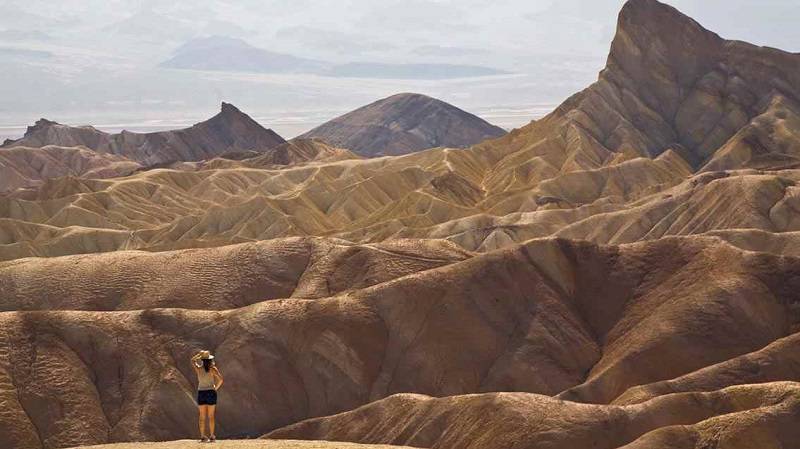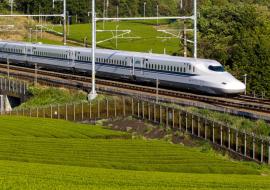Sweltering Heat Wave in California’s Death Valley Takes Toll on Travel

California’s Death Valley has slashed its own record for the hottest month ever recorded anywhere and visitors are advised not to take any hiking trails.
The preliminary results suggest the month’s average temperature was 108.1F (42.28C).
Todd Lericos, a meteorologist who leads the Las Vegas National Weather Service said that it eclipsed the record by quite a bit.
The rising temperatures are measured at Furnace Creek in Death Valley National Park, a desert in south eastern California that includes Badwater Basin – the lowest point in North America. The location also holds the world record for highest temperature ever recorded – 134F (56.67C) – set on July 10, 1913.
The valley got its morbid name from a group of pioneers who got lost there in 1849-1850 and thought it would be the end, according to the National Park Service. Only one died, however, before they found their way out.
The summer heat is so routinely extreme that tourists are warned to drink at least 4 liters of water each day, carry additional water in their cars, stay close to their vehicles and watch themselves and others for dizziness, nausea and other symptoms of potentially deadly heat illness.
The visitors are urged to “travel prepared to survive,” avoid hiking at low elevations and return to their air-conditioned cars for a cool-down after just 10 to 15 minutes of exposure outdoors.
Amid the heat, thunderstorms bring the threat of flash floods. Even with that history, July was exceptional as a weather pattern stoked high temperatures. A very persistent high-pressure system set up over the Southwest, restricting the movement of air vertically in the atmosphere and creating a heat wave.
Among the extreme conditions were four consecutive days reaching a high of 127F (52.7C) and overnight lows that remained over the century mark.
The records came as heatwaves scorched large areas of the planet, with deadly temperatures and wildfires striking the US from California to New York in July.
The record temperatures were recorded across much of the northern hemisphere, with the heat above the Arctic Circle described as “unprecedented”.
Many scientists warned that heatwaves of a similar scale and worse are likely to become more frequent in the future as the planet gets warmer. Preliminary work by the World Weather Attribution network concluded the European heatwave was made more than twice as likely by climate change.














